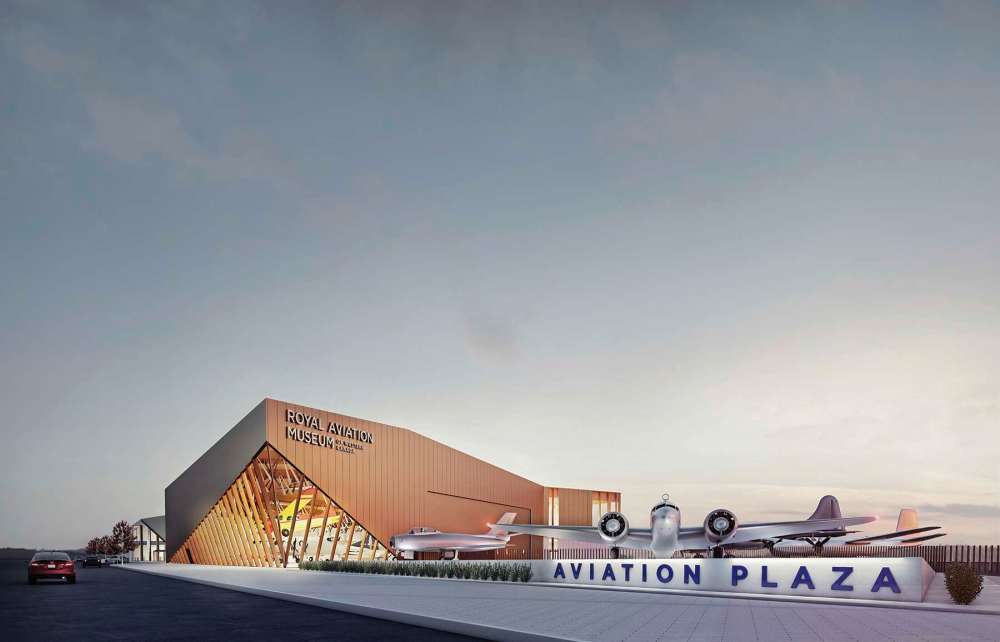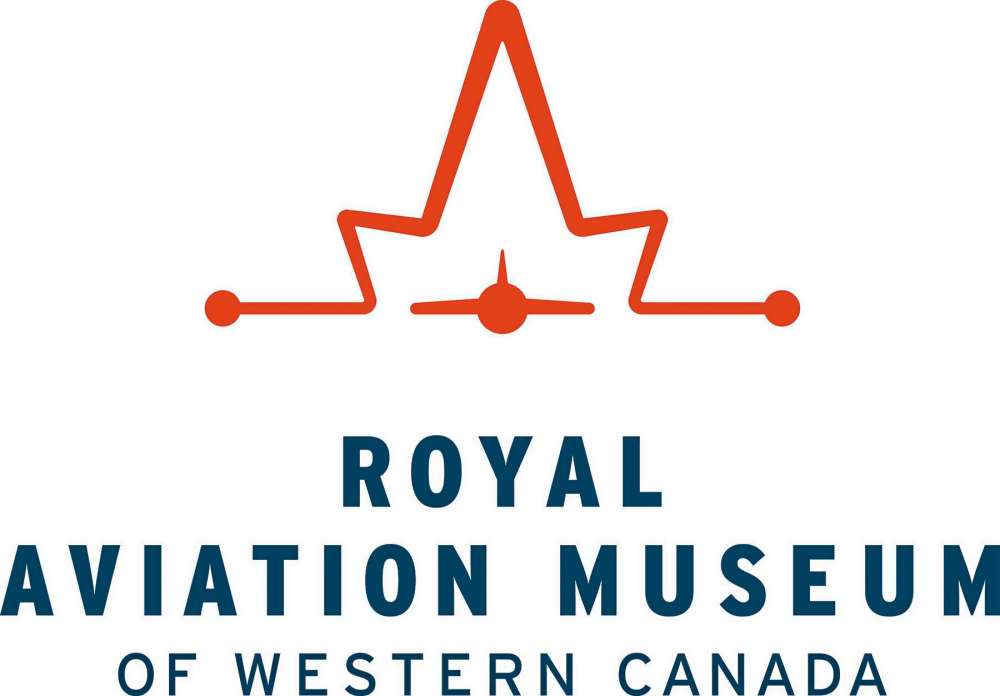Getting ready for takeoff
New aviation museum set to open in 2022
Advertisement
Hey there, time traveller!
This article was published 06/04/2021 (1654 days ago), so information in it may no longer be current.
The sky’s the limit for the Royal Aviation Museum of Western Canada, which is nearing the tail end of an impressive overhaul.
The museum’s former location closed in October 2018 and its new facility is expected to open in early 2022 on the campus of the James Armstrong Richardson International Airport.
“The building that’s closed is not the building that’s going to open. There are going to be a lot of changes. For example, there’s going to be at least three or four aircraft that were not at the previous facility,” said Terry Slobodian, president and CEO of the Royal Aviation Museum of Western Canada.

“Every single person that drives by our new building will be awestruck because the architecture is absolutely amazing. Not only that, they’re going to be able to see those airplanes hanging from the ceiling.”
The size of the space opens up opportunities to share the adventure of aviation.
“We’ve got four acres of land right there, so we also have a huge tarmac. The building itself is 86,000 square feet, which is the size of a CFL football field,” Slobodian said.
“In the past, we were a little bit more aircraft-centric. Now, it’s the stories that are important. We want to be an attraction that tells the entire story of aviation. That’s a big change and it’s going to appeal to a broader audience.”
Another big part of the transformation is the museum’s commitment to truth and reconciliation as well as Indigenous inclusion.
“We started our exhibit development process in January 2020. At the first meeting, we had a visioning group of stakeholders and we included Indigenous leaders right from Day 1,” Slobodian said.

“Dr. Niigaan Sinclair, who is at the University of Manitoba, is our Indigenous curator. Through him and his contacts, we have a lot of interaction with the Indigenous community because we want to get both perspectives.”
The museum has spent time questioning whether the story of each exhibit is complete and accurate and it has engaged with others throughout the process, including aerospace industry leaders and an advisory group on women in aviation.
The museum’s logo has lso been refreshed, with consideration of feedback from more than 1,600 people involved in focus groups. The new logo aims to instil pride in Canada and its aviation heritage.
Construction of the new facility began in April 2020, and Slobodian said it should be completed on time and on budget.
“We will take possession of the museum in August and it will take us until Christmas-time to fully equip (it). We have to move six aircraft in and suspend them from the ceiling. We have to bring in 16 zones of exhibits and galleries, and we have to set up offices,” he said.
“We’re anticipating that all of that work will be completed by Christmas and we’ll be able to open to the public in early 2022.”
The museum will feature a children’s exploration zone as well as a wall of invention to showcase Manitoba innovations used around the world.

“We’re really excited about our commitment to truth and reconciliation and our partnership with Indigenous peoples. We’re also excited about the fact that we’re telling stories because a lot of the aviation stories are the best kept secrets to Manitobans,” Slobodian said.
“It’s our mission to tell the story of bush flying and the history of aviation and aerospace in Manitoba and northern Canada. You can see how the bush planes, military and commercial all fit together as part of the story that we’re telling.”




